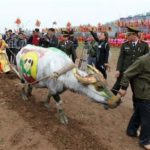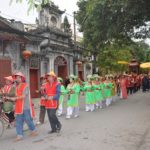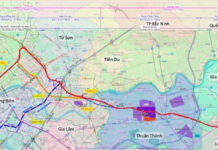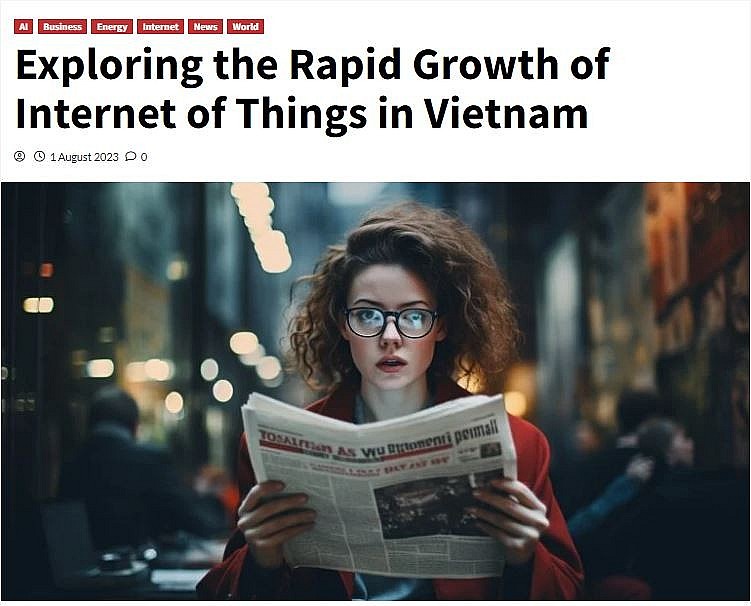
|
| Screenshot of Fagen Wasanni’s article. |
“The rapid growth of the Internet of Things (IoT) in Vietnam is a phenomenon that has been attracting significant attention from both local and international observers. This Southeast Asian nation, known for its vibrant culture and rich history, is now making a name for itself as a hub for technological innovation,” said Fagen Wasanni.
The Vietnamese government has been instrumental in fostering this growth. Recognizing the potential of IoT to drive economic development and improve quality of life, the government has implemented policies to encourage the adoption of IoT technologies, it writes.
These policies include tax incentives for tech companies, investment in infrastructure, and initiatives to promote digital literacy. “The government’s proactive approach has created a conducive environment for the growth of IoT.”
Besides, Vietnam’s young and tech-savvy population has been a key driver of IoT adoption. “With over 60% of the population under the age of 35 and high levels of smartphone penetration, Vietnam has a ready market for IoT applications. Young Vietnamese are eager to embrace new technologies, and this has fueled demand for IoT devices and services,” the article says.
The website also stresses that the growth of IoT in the country has been particularly noticeable in areas with smart homes and smart cities.
On a larger scale, Fagenwasanni says that IoT is being used to create smart cities which are more efficient and sustainable. For instance, Ho Chi Minh City is making use of IoT technologies in order to monitor air quality, manage traffic, and to conserve energy.
Furthermore, according to the website, the business sector has also been quick to capitalize on opportunities presented by IoT. Vietnamese companies are making use of IoT to streamline operations, improve productivity, and create fresh business models.
For example, in the agriculture sector, farmers are using IoT devices to monitor soil conditions, track livestock, and optimize irrigation. This not only increases yield but also reduces waste and conserves resources.
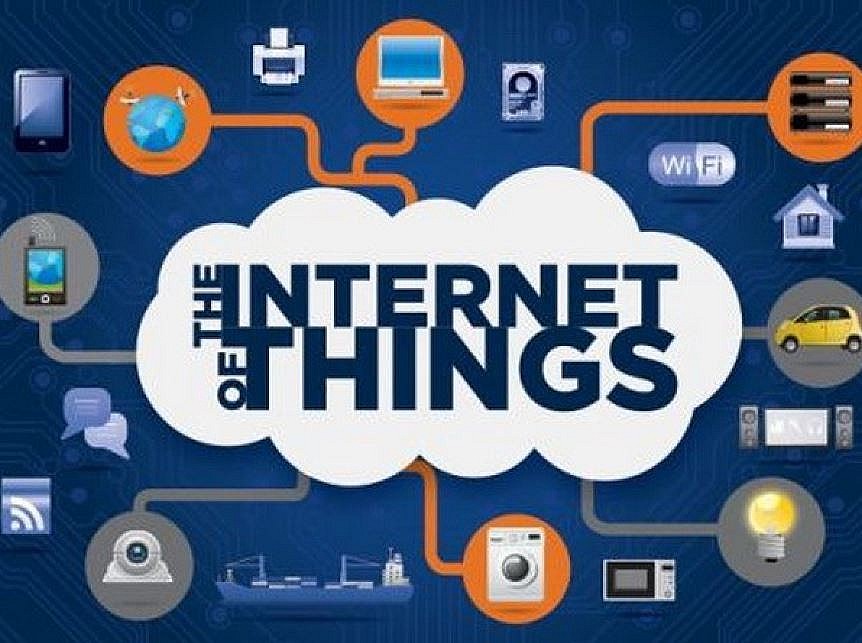
|
The article also addresses the challenges faced by Vietnam in developing its technology.
“One of the main issues is data security. With the proliferation of IoT devices, there is an increased risk of data breaches and cyber-attacks. The Vietnamese government and private sector are working together to address this issue, investing in cybersecurity measures and promoting best practices for data protection. Another challenge is the digital divide. While urban areas are benefiting from the IoT revolution, rural areas are at risk of being left behind. Bridging this gap is a priority for the Vietnamese government, which is investing in rural broadband infrastructure and promoting digital literacy in rural communities,” it says.
In conclusion, it notes that the growth of IoT in the country is a testament to its technological prowess and forward-thinking approach.
“While challenges remain, the potential benefits of IoT for economic development and quality of life are immense. As Vietnam continues to embrace IoT, it is poised to become a leading player in the global digital economy. The world will undoubtedly be watching with keen interest as this exciting story unfolds,” it concludes.
Tam Chuc Pagoda – Ancient beauty amidst majestic scenery
Covering 5,100 ha, Tam Chuc complex is a perfect combination of ancient beauty and the mighty of the immense mountain.

